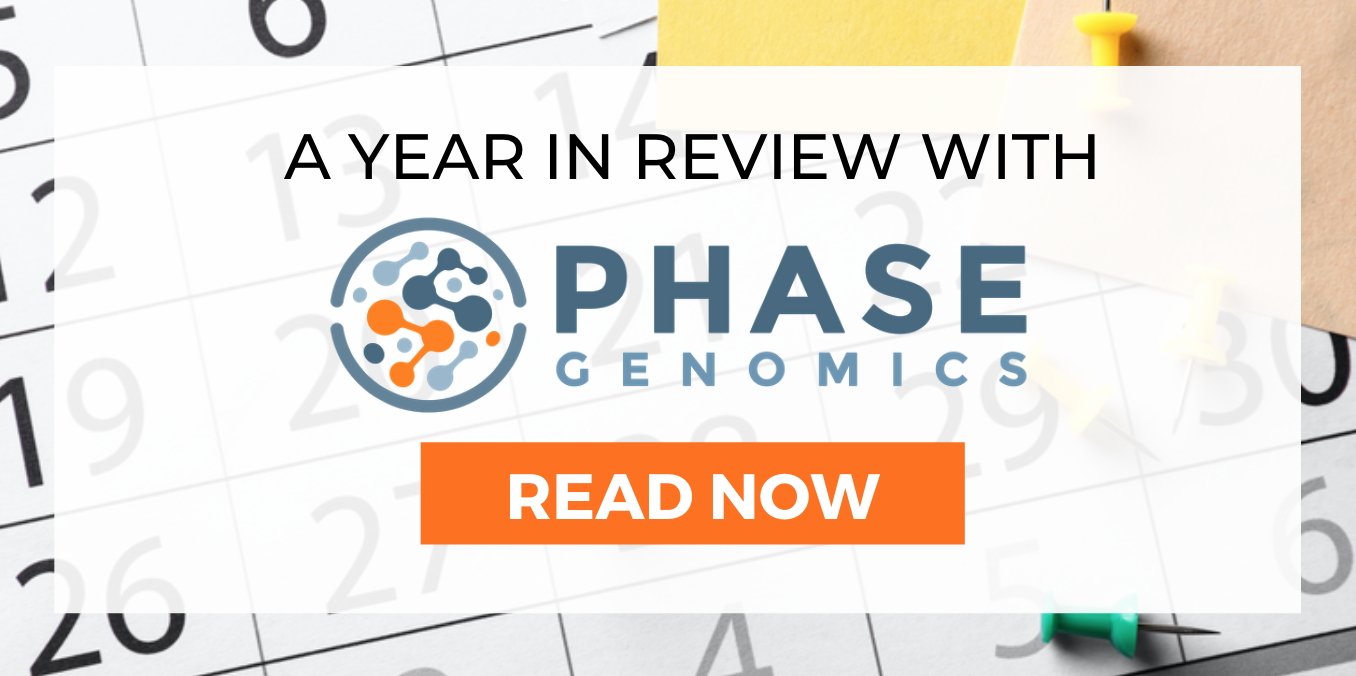
Stories from Startup Founders and an Insider’s Advice on SBIR Grants
Some of tomorrow’s biggest breakthroughs in cancer treatment are in the works today in startup labs across the US. On March 30th, we brought together CEOs and leaders in the cancer startup industry for a behind-the-scenes look at how emerging technologies are taking aim at one of the deadliest diseases in our world, and how these startup leaders are carving successful careers in the cancer tech landscape. Watch the replay of the event to hear their advice on deciding when to commercialize, how to scale up, and who to hire.
Getting Started with SBIR
One of the struggles of starting a new company is the constant pressure to find funding. However, there are many options for various stage startup companies that are outside of Venture Capital. While VC funds are a great way to raise money to embark on your journey to commercialization, programs such as the Small Business Innovation Research (SBIR) Fund offer resources that allow founders to obtain funding without losing equity. The SBIR program’s goal is to create jobs in the U.S. by supporting commercially-directed, for-profit, small businesses. Submitting an SBIR proposal may be a daunting process, but during our fireside chat, Greg Evans – Program Director at the National Cancer Institute, SBIR – shared some helpful tips for those looking to take advantage of this resource.
Common Mistakes
1. Not talking to the program officers in advance
Evans emphasized, “Part of our job is to serve [as] a “help desk” function” – to be available to help people strategize on grant submissions and how to be competitive.” Program officers can help you construct the proper proposal, advise you on how much money to apply for, and direct you towards the right grants to pursue. Get in contact with them to plan out your proposal before submitting.
2. Applying for multiple grants
While your instincts may lead you to hedge your bets and apply for grants across several topics, Evans notes that the best proposals are the ones that have identified the scope of their project, and have committed to a market sector. Instead of sending in three proposals, pick your best proposal based on the data you have, competition in the market, strengths of people in your company, and make the business decision to focus your efforts.
3. Only applying for “priority areas”
The NIH does list Research Topics of Interest; however, this does not discourage companies from applying for grants outside of these topics. Evans notes that the burden is on the small business to have a product that is better than current competing products, regardless of if it is in a NCI “priority area.”
For more helpful tips on applying for an SBIR grant, including which letters of support you will need, watch the full Fireside Chat with Ivan Liachko and Greg Evans.
___________
Follow the Genome Startup Day Twitter and LinkedIn to get more startup information and to be invited to future events. Visit the Genome Startup Day website to see previous events.




 Twitter
Twitter LinkedIn
LinkedIn Email
Email